Princeton University Library is fortunate to have acquired a superb copy of the 1828 illustrated edition of Goethe’s Faust, considered by most historians to be one of the finest publications of the nineteenth century. Gordon Ray calls Delacroix’s illustrations “the high point of Romantic book illustration,” and David Bland called the volume “one of the very greatest of all illustrated books.”
This copy survives in a particularly fine condition, with brilliant impressions of the lithographs printed on white, rose, blue, and light grey Chine collé. The individual prints are all second or third states (a complete description continues below).
“‘It must be admitted,” said Goethe (translated from Eckermann), “that I myself scarcely imagined the scene so perfectly! M. Delacroix is a great artist of exceptional talent, who has found in Faust precisely the subject that suits him.”
Loys Delteil writes in Delacroix, the Graphic Work: A Catalogue Raisonné (Marquand Library Oversize ND553.D33 D4613 1997Q) that
“Delacroix planned to have a portfolio of illustrations without text but Sautelet, one of the publishers, wished to reissue Stapfer’s translation, which he had first published in [1822]. The initial plan was for twelve plates, but this was later increased to seventeen plus the portrait of Goethe. Delacroix’s first idea for the project dated from 1824 when he had begun to share his friend Jean-Baptiste Pierret’s enthusiasm for Faust. He worked on it from mid-1825 until December 1827. The publication was announced in February 1828.”
The sequence of execution of all the plates has not been determined, but covered the period 1825-1827. It is known that Delacroix had finished “Méphistophélès in Auerbach’s Tavern” and “Faust and Méphistophélès galloping on Walpurgis Night” by the end of November 1826 since impressions of those prints were in Goethe’s possession by that time. “Méphistophélès introduces himself at Martha’s House” was completed about October 1827. The portrait of Goethe was not completed before December 1827.
In the letter to Burty, Delacroix mentioned a dramatic opera Faust in London in 1825 with the actor Terry as the greatest inspiration to his plates. He described that performance in a letter to Pierret June 18, 1825. The production Delacroix attended has been identified as the romantic melodrama Faustus by George Sonane and Daniel Terry with music by Bishop, Horn, and Cooke, which opened at the Duruy Lane Theater May 16, 1825.
Delacroix’s large, free lithographs met with a hostile reception. His stated purpose was “to astonish the middle class” and he conceived them as a deliberate act of aggression. Goethe said “The French public reproach him for an excess of savage force, but, actually, here it is perfectly suitable.” Delacroix’s Faust is seen here in relation to two other contemporary British and American publications, using the prevailing illustrative style of small, formal engravings.
top left: Book of Cuts, Designed for the Amusement and Instruction of Young People (New York: M. Day, 1828). Wood engravings by Alexander Anderson (1775-1870). Graphic Arts Collection (GAX) Hamilton 1439
and
bottom left: Pierce Egan (1772-1849), New Series of Boxiana: Being the Only Original and Complete Lives of the Boxers (London: George Virtue, 1828-1829). Rare Books off-site, 4276.325.2
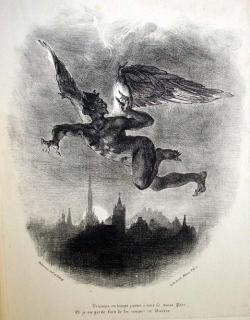
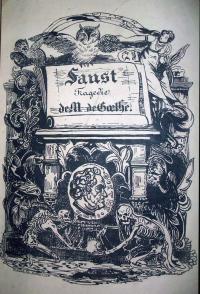
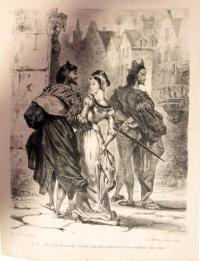
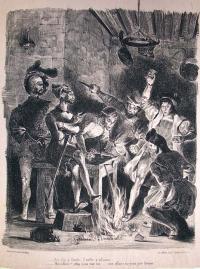
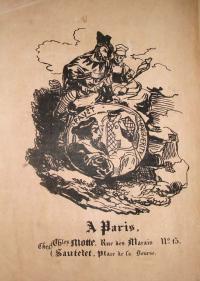
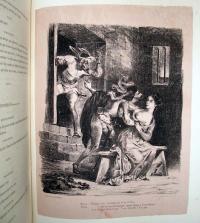
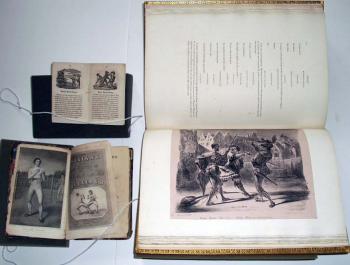
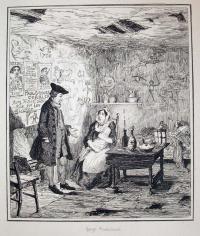
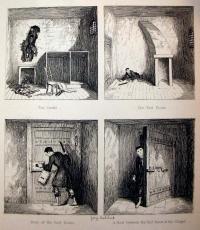
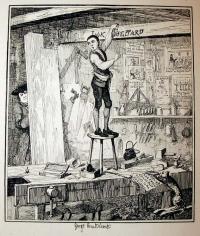
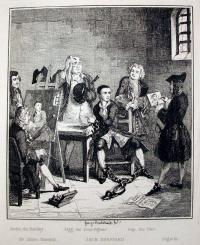
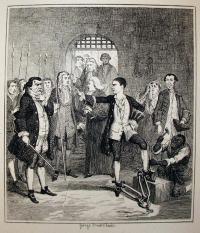
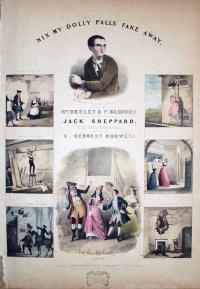
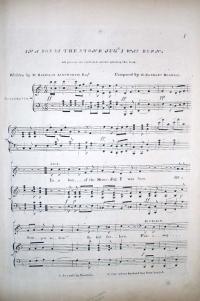
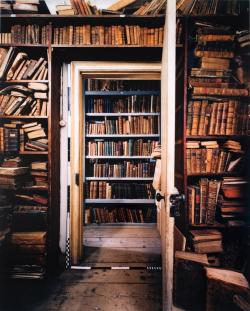
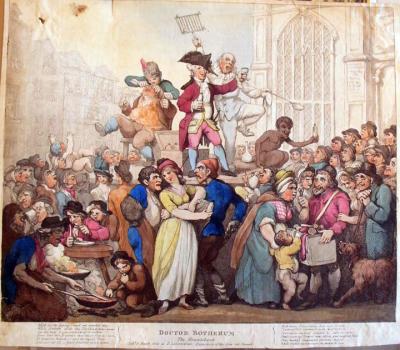
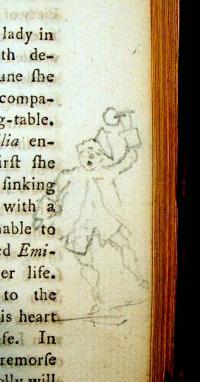
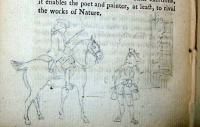
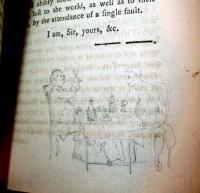

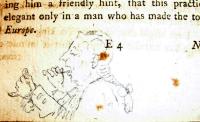
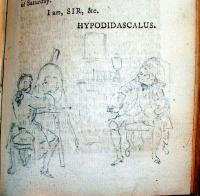
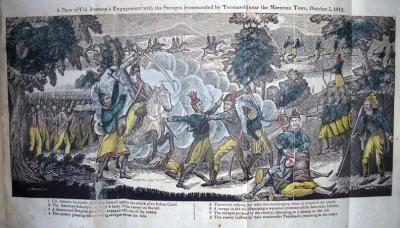
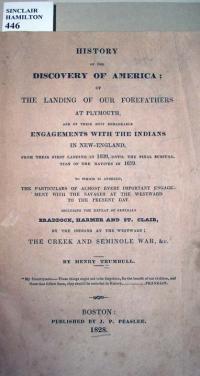
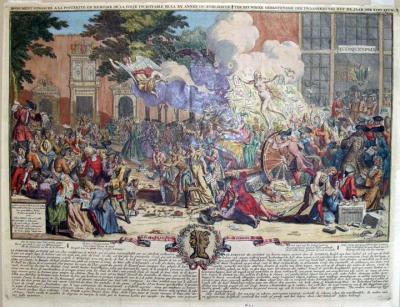
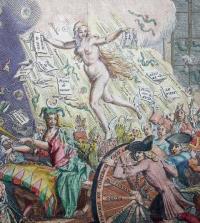
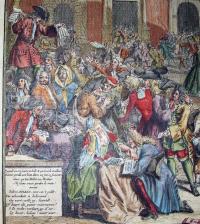
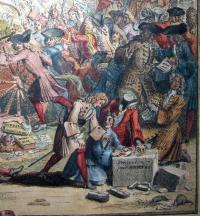
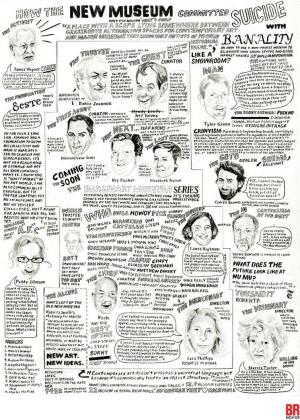
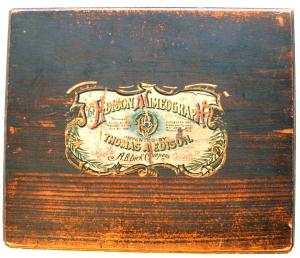
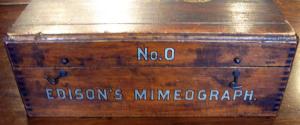
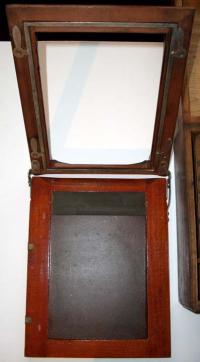
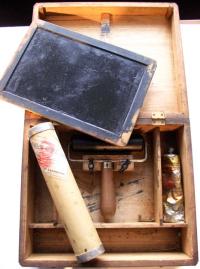
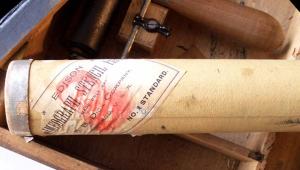
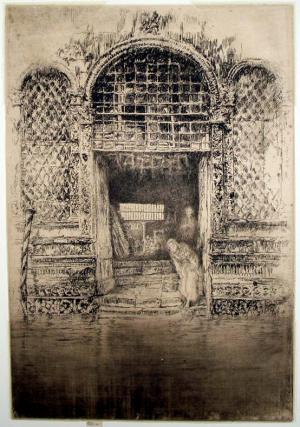
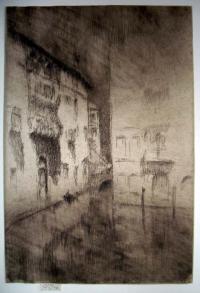
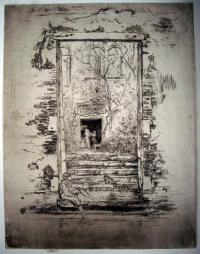
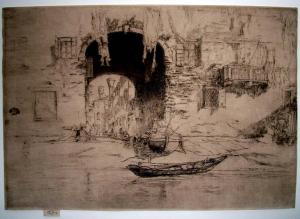

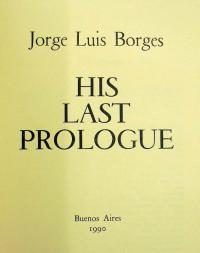
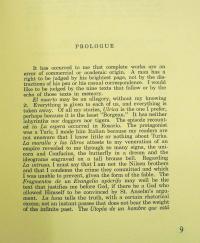
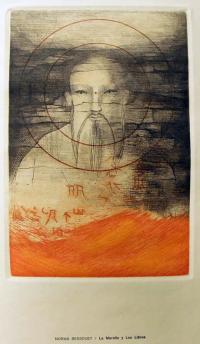
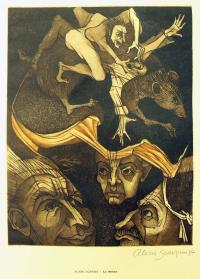
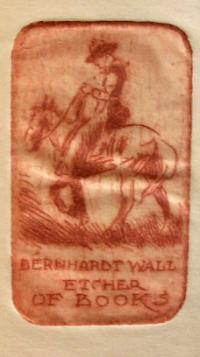
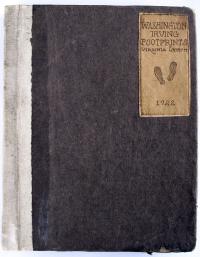
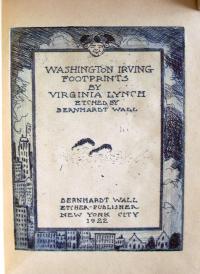
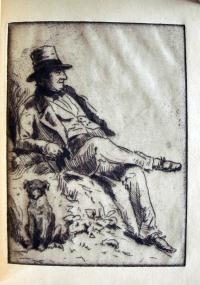
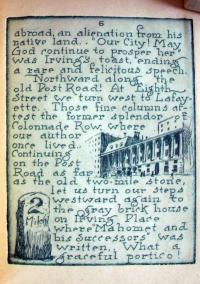
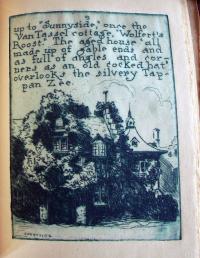
Recent Comments